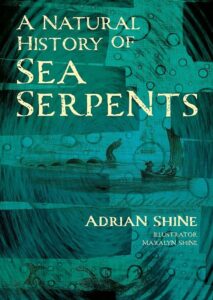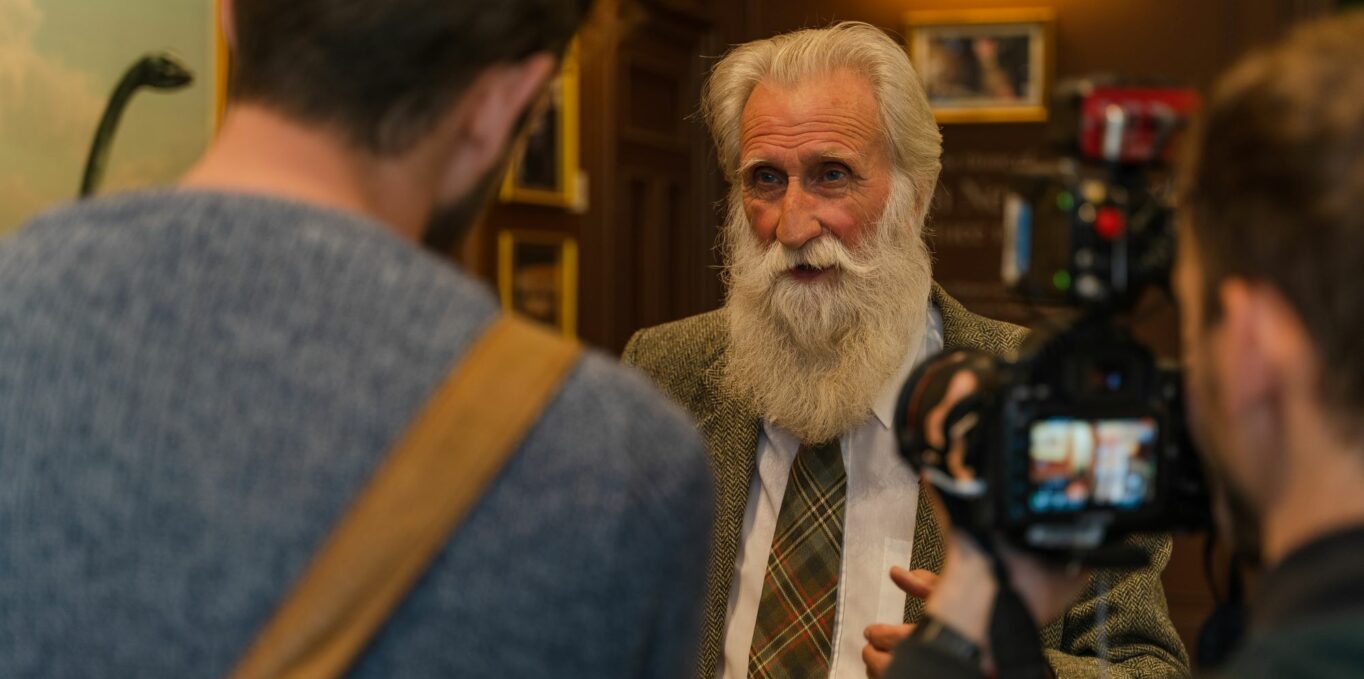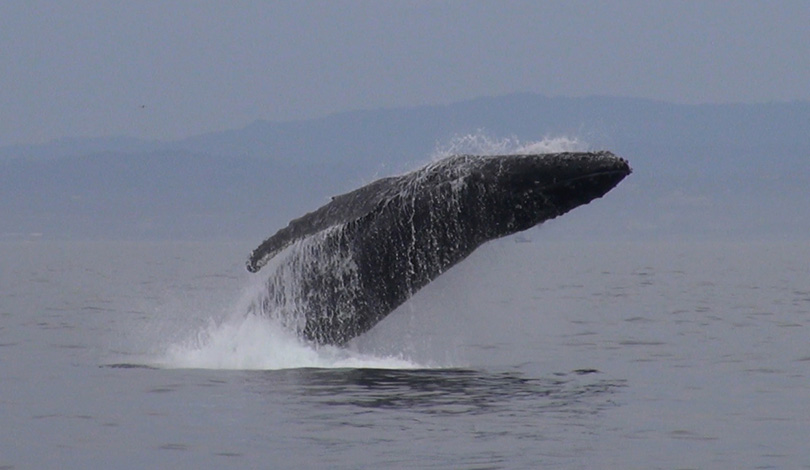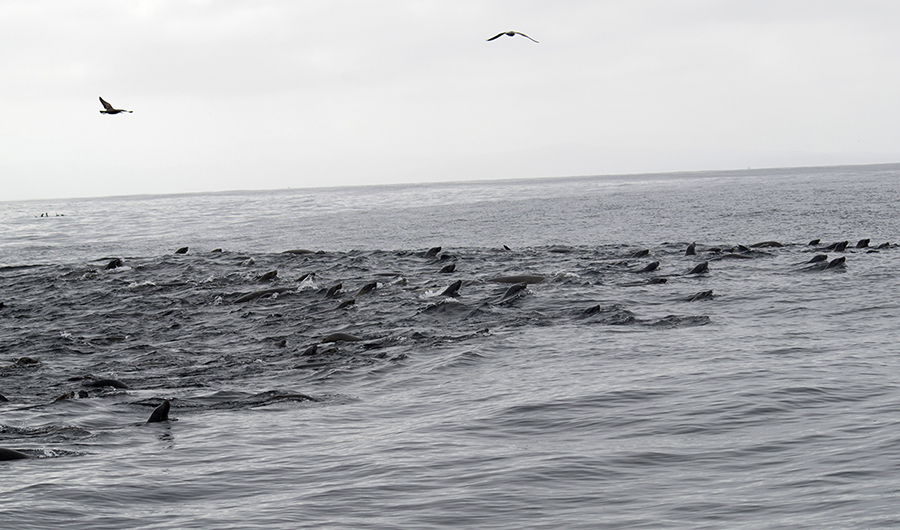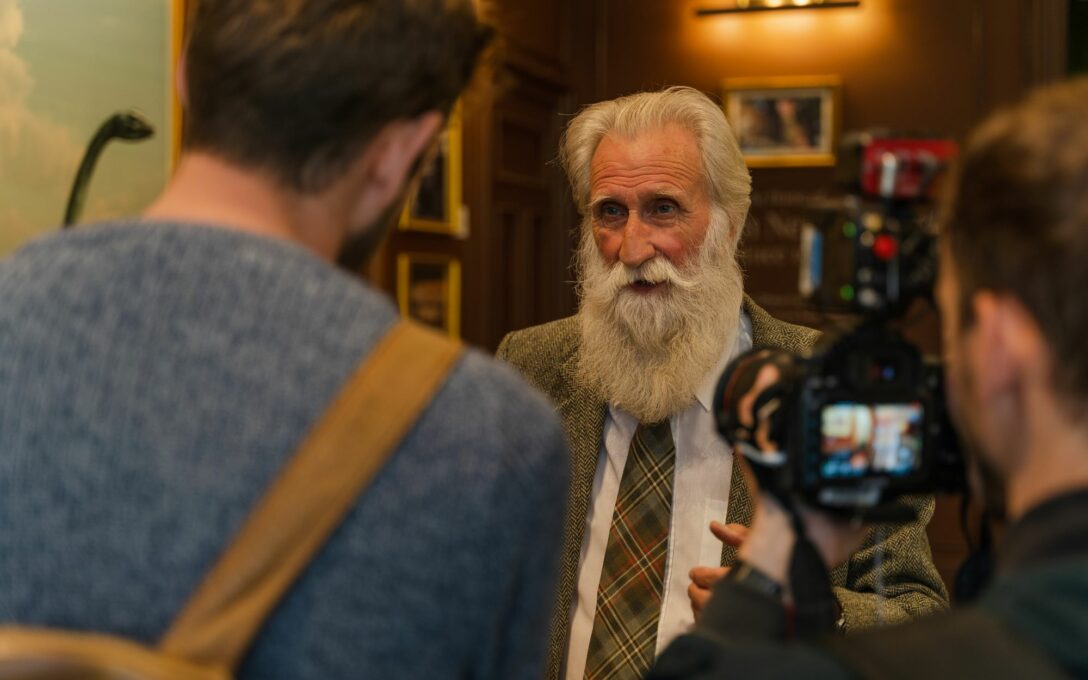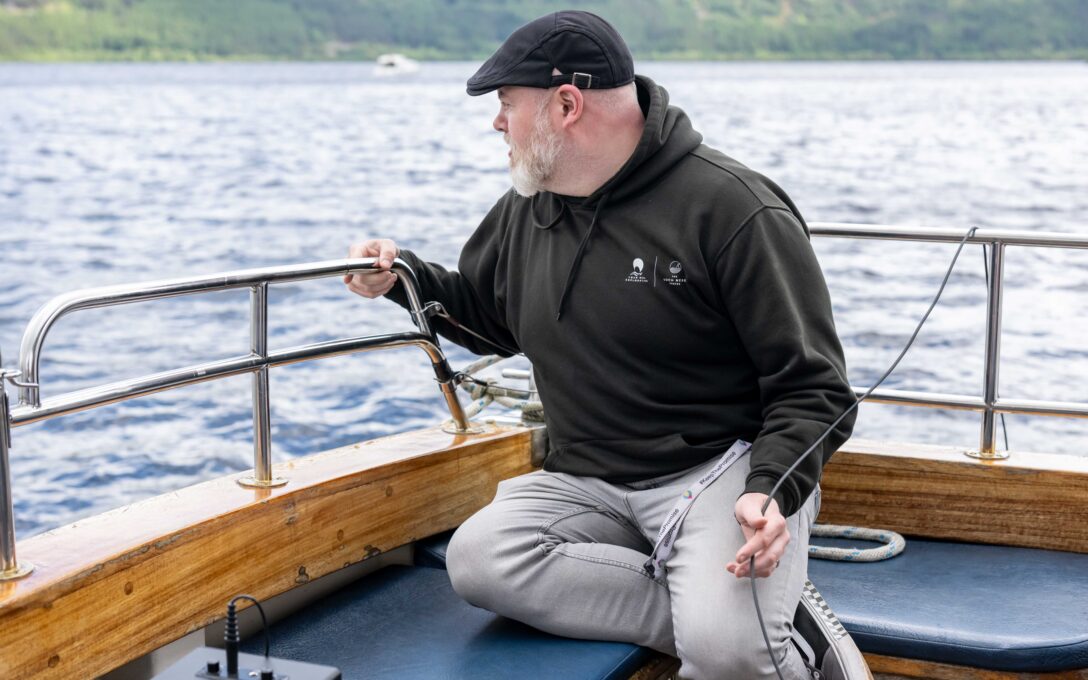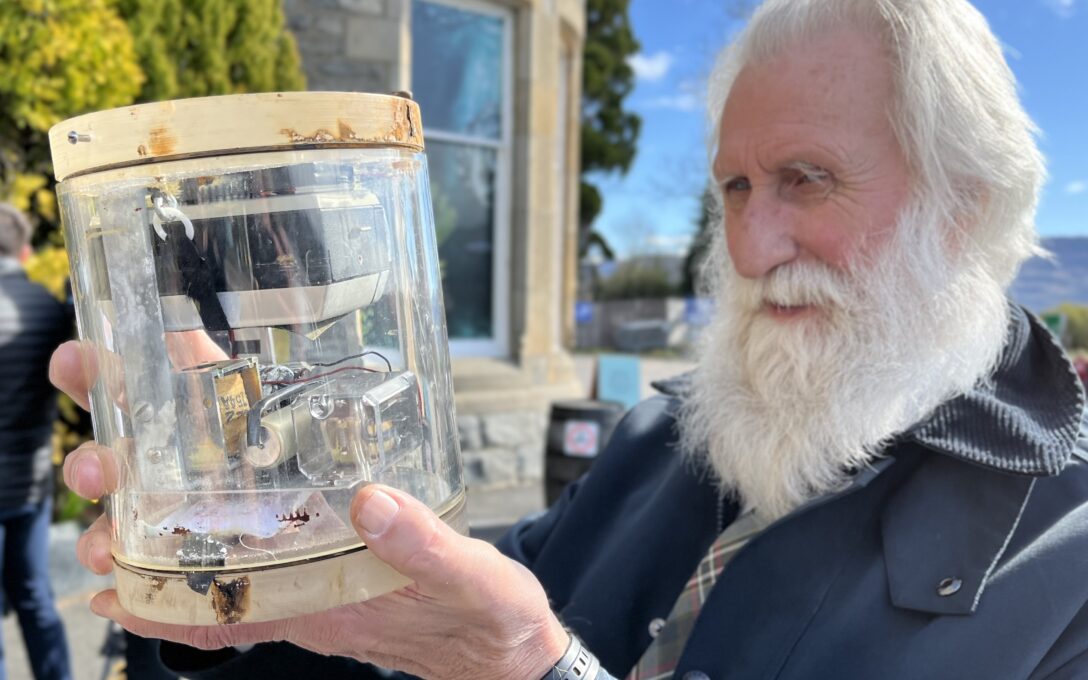A Natural History of Sea Serpents re-examines the cold-case enigma of sea serpents and monsters described by impeccable witnesses over three centuries. These reports have sometimes intrigued and puzzled the most eminent scientists of their times yet often became the butt of popular derision.
Naturalist Adrian Shine, best known for his fifty years examining Loch Ness as a ‘sympathetic sceptic’, reveals how the loch actually held the key to the greater mystery. He exonerates the integrity of most witnesses, often remarks upon the accuracy of their observations yet offers bold and radical interpretations of what they have seen. The book digs deep into the roots of the legend and shows how expectations ‘evolved’ from those ‘serpents’ to prehistoric ‘monsters’ during the nineteenth century. The book cites over a hundred reports and contains as many illustrations as evidence for its conclusions. His findings, stemming from knowledge of ships, the sea and the true monsters living there, cover the entire spectrum of reports, giving new insight, for example, into the famous HMS Daedalus episode of 1848, the description of a very unusual creature seen by two zoologists in 1904 and the serpent seen by hundreds off the coast of New England in 1817. Nothing daunted, he investigates reports of huge serpents seen battling whales and creatures which defy our understanding of vertebrate anatomy by bending both sideways and up and down, whilst under fire by the French Navy.
This book will certainly generate debate within the cryptozoology movement yet also challenges the theories of the preeminent sceptical writer on the subject, Dr. Robert France, who has proposed whales and other creatures entangled in pre-plastic era fishing gear as the cause of most sea serpent encounters. Nevertheless, the author shares this ethnobiological perspective and ends with a strong conservation message.
